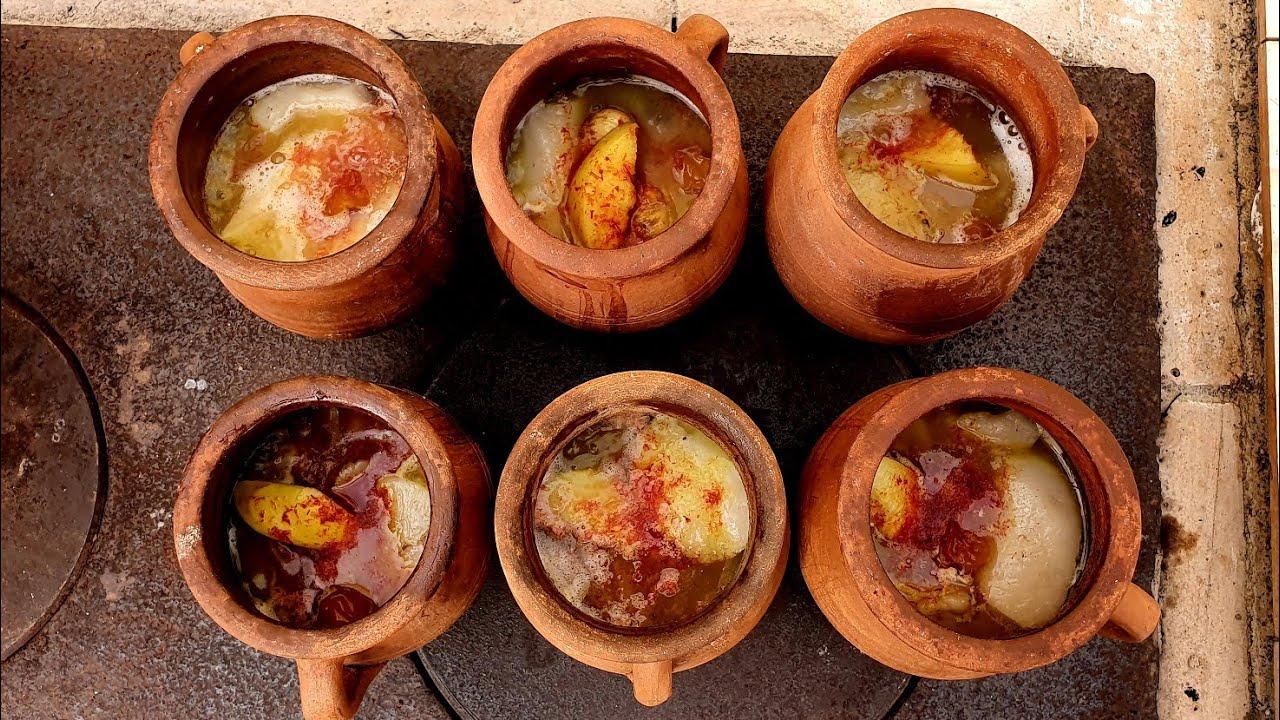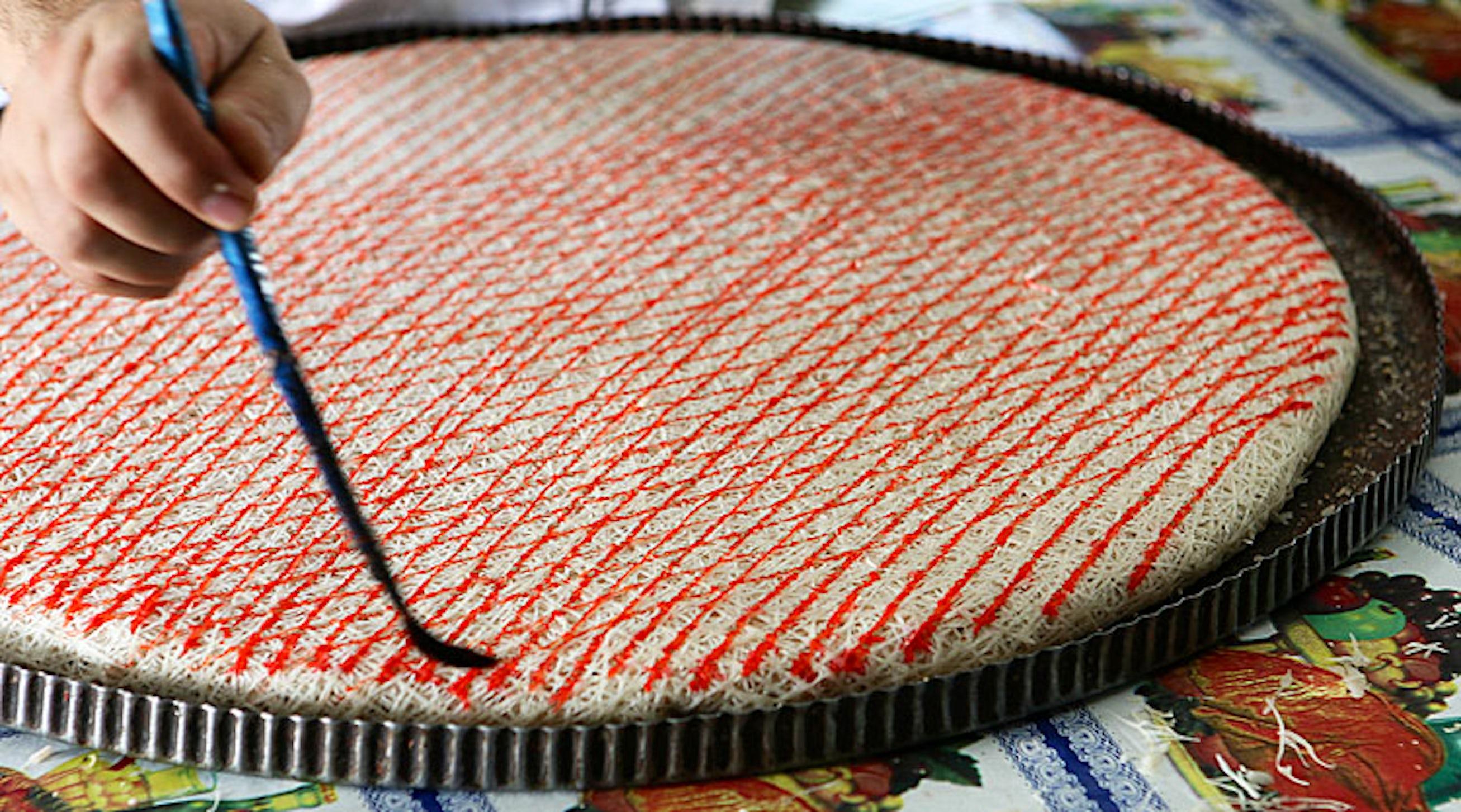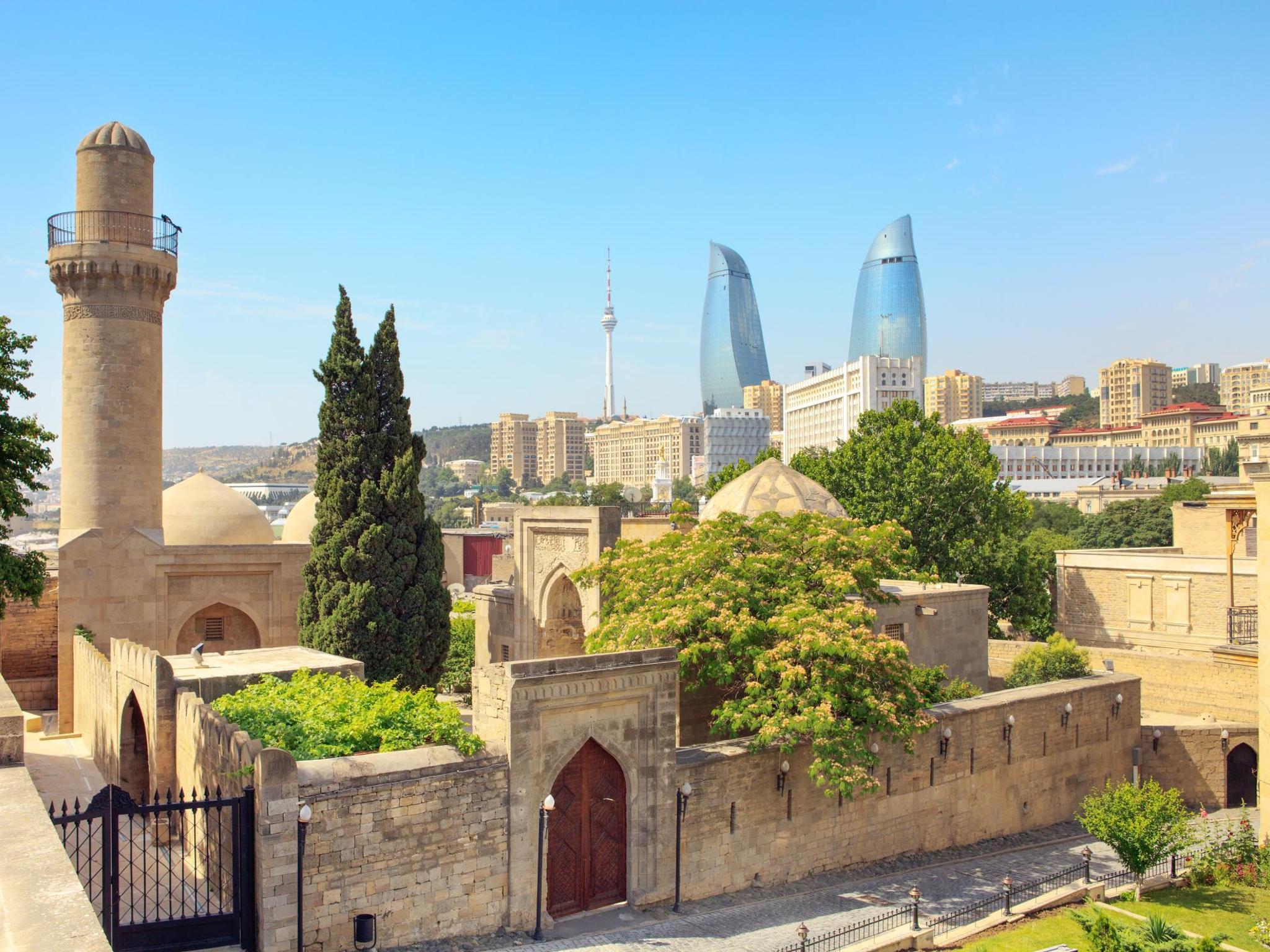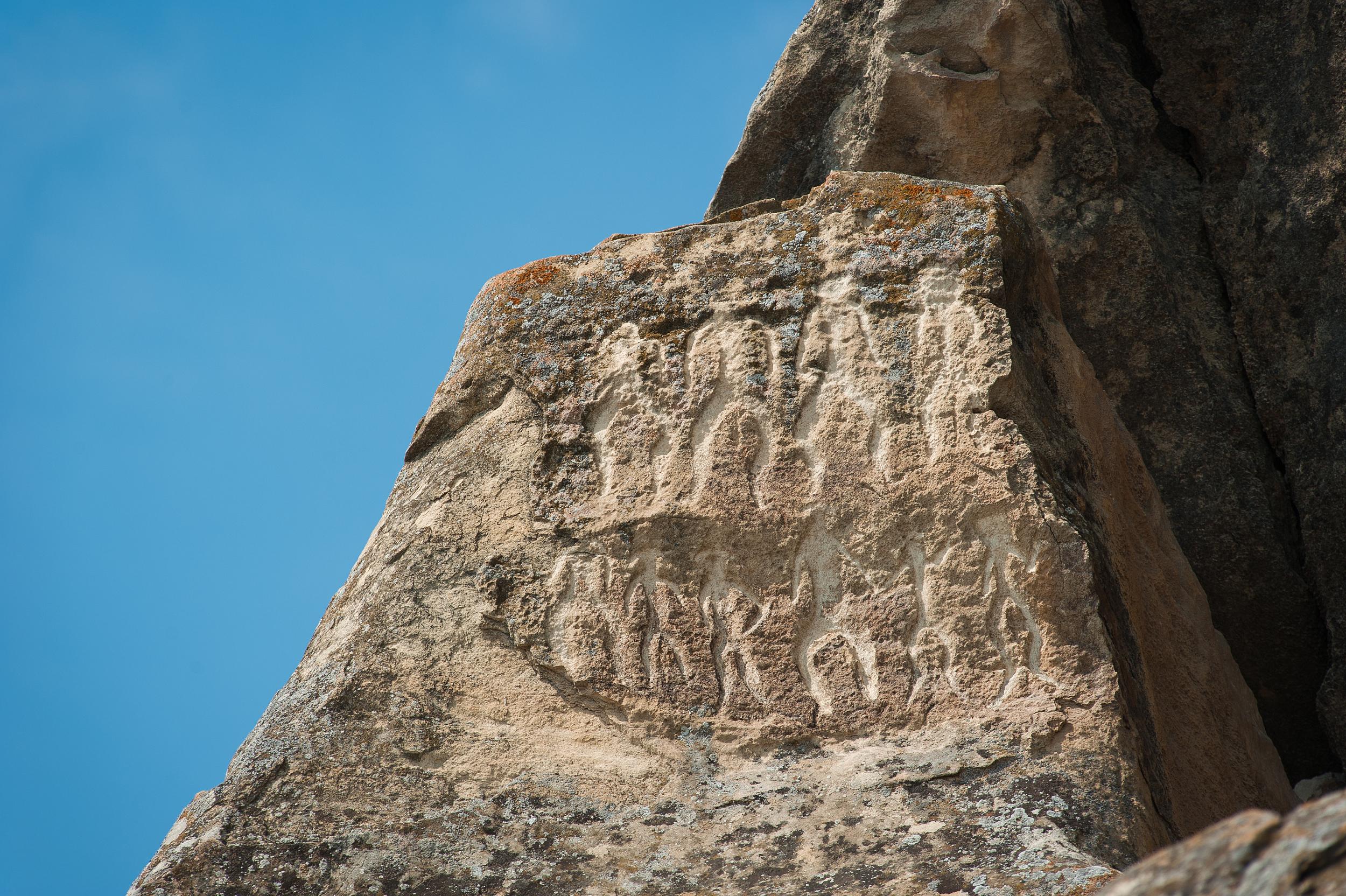Shaki: time travel to medieval ages in UNESCO World Heritage A city of khans and unique cuisine
Many of you have probably seen the recent report of Euronews from Azerbaijan, where renowned reporter Monica Pinna delved into the rich traditions of the country in the cities of Shaki and Ismayilli.
“The architecture and history of Shaki are so unique that the city has been included in the UNESCO World Heritage List,” Monica Pinna said in Euronews video footage dedicated to Azerbaijan.
Although Pinna talked about Shaki in her video, you may want to know more about this cultural and natural gem of Azerbaijan and the history of its inscription on the UNESCO World Heritage List.
Shaki is located at the foot of the Greater Caucasus Mountains in northwestern Azerbaijan, roughly 11 miles from the country’s border with Russia. The city boasts vast cobblestone streets, ancient and medieval architecture, breathtaking landscapes, mouthwatering cuisine, and local handicrafts.
The city is divided into two parts – the northern part extending into the mountains, and the eastern part along the Gurjanachay River. The city centre is dotted with an architectural ensemble of traditional houses, with high gabled roofs covered with brownish-red tiles. Shaki is rich with traces of Savafid, Qajar, and Russian building techniques as its architecture absorbed various techniques thanks to its location on important historic trade routes, such as the ancient Silk Road.
The first must-see place in Shaki is unarguably the Khan’s Palace, a royal building that was built more than 250 years ago when Huseyn Khan Mushtaq, a grandson of the Shaki khanate’s founder Haji Chelebi, ordered the construction of a summer residence for the khan and his family in the city center. Dozens of skilled craftsmen decorated the facade of the palace with drawings depicting scenes of hunting and war. With two floors, six rooms, four corridors and two mirrored balconies, the Khan’s Palace was built fully from a wooden frame without using a single nail. All windows and doors are made of wood and millions of pieces of stained glass, or shabaka. When the sunlight hits the windows, all the colours of the rainbow can be found in the interior of the rooms. The mysterious feature of shabaka, decorative art that is encountered throughout the Near East, is that the masters do not use adhesive to hold hundreds of colourful glass pieces in place.

Khan's Palace
The reception hall of the Khan’s Palace boasts the richest room within the building, as it features miniatures displaying the military power of the Khanate, as well as its relations with friends and enemies. A mini museum inside the palace demonstrates almost the whole history of the Shaki Khanate with weapons of the khan’s troops and their enemies, clothing, banners, military customs and many others. There are also scenes of hunting for elephants, rare birds, and even the dragon. The ceiling of the room is painted with images of the khan’s coat of arms and various symbols.
In July 2019, the historic centre of Azerbaijan’s northwestern city of Shaki, along with the architectural gem known as Khan’s Palace, was added to the UNESCO World Heritage List. Shaki’s name was thrown into the hat by the Azerbaijani government in 2017 and two years later the city made the cut to be recognized as humanity’s heritage in addition to 21 other historical and cultural sites and monuments.
Representatives from the International Council on Monuments and Sites (ICOMOS) have then said in a report that UNESCO was satisfied with Azerbaijan’s efforts aimed at protecting and reconstructing the Khan’s Palace and ancient neighbourhoods that form Shaki’s historical centre before honouring Shaki as a world heritage.
Let’s finish here with culture and architecture and make a stop at cuisine. No one can say he/she has been to Shaki without trying the city’s signature piti and halva dishes.
As the pinnacle of second-to-none Shaki cuisine, piti is a thick soup that is not for the rushed and hurried. It takes between eight and 12 hours to cook and combines lamb, potatoes, peas, onions, garlic, chestnuts and herbs. Women from Shaki traditionally cook piti in a small clay pot filled with water and then placed it in an oven; a few minutes before serving, saffron is added. Piti is served with a traditional thin flatbread called lavash, pickles and sumac, which gives the dish a particularly mild sour taste.

Piti
Shaki could be heaven for sweet-lovers with its halva, a luscious dessert that adds a lasting taste in the mouth and unforgettable impressions in mind. Although halva can be found in the other cities of Azerbaijan, the real Shaki halva can be tried only in the northwest of the country, in Shaki. The recipe remains a secret – only those who own a family business called halvachi know how to prepare it.

Halva
Not only Shaki in UNESCO World Heritage List
In addition to Shaki, Azerbaijan is also home to two other UNESCO sites: the millennia-old Walled City of Baku, which includes Shirvanshah's Palace and Maiden Tower, and the Gobustan Rock Art Cultural Landscape, an open-air museum displaying 6,000 rock carvings dating back to 5,000-40,000 years.
“Built on a site inhabited since the Palaeolithic period, the Walled City of Baku reveals evidence of Zoroastrian, Sasanian, Arabic, Persian, Shirvani, Ottoman, and Russian presence in cultural continuity. The Inner City (Icherisheher) has preserved much of its 12th-century defensive walls. The 12th-century Maiden Tower (Giz Galasy) is built over earlier structures dating from the 7th to 6th centuries BC, and the 15th-century Shirvanshahs' Palace is one of the pearls of Azerbaijan's architecture,” UNESCO World Heritage Convention writes on its official website.

The Walled City of Baku
The Gobustan Rock Art Cultural Landscape preserves an outstanding collection of more than 6,000 rock engravings bearing testimony to 40,000 years of rock art. The site is also rich with inhabited caves, settlements and burials, which testify to intensive human use by the inhabitants of the area during the wet period that followed the last Ice Age, from the Upper Paleolithic to the Middle Ages.
Gobustan bears unique universal value for the quality and density of its rock art engravings that takes on a time travel to how hunting traditions, fauna, flora, and lifestyles in pre-historic times were and the cultural continuity spanned the prehistoric and mediaeval times.

One of 6,000 rock engravings in the Gobustan Rock Art Cultural Landscape








